Instant Zouaves!
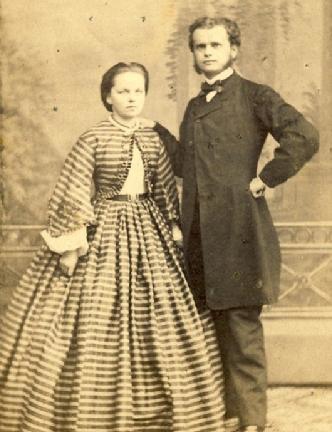
by Liz Martin, First published for the November/December 2009 issue of Finery
The Dickens Fair costume shop walks a fine line, balancing historical and theatrical needs while accommodating the skills of their volunteers. Following is a condensed workshop on modifying a modern women’s jacket into a mid-nineteenth century Zouave style.
Women’s Zouave jackets were a variation of the bolero jacket that was worn by Algerian and Moroccan volunteer units during the Crimean War. They were short, snugly fitting jackets usually worn open. Later, a style that joined at the neckline became popular, as did a variation with a pointed back. Pagoda sleeves – wider at the elbow and three quarters in length – distinguished the Zouave jacket through most of its popularity. These jackets were originally made of fine black wool trimmed with red braid. Lined with black silk or cotton, they were almost exclusively trimmed with black as the style progressed – most often a soutache braid applied in intricate loops, swirls, and bands in imitation of military motifs. It was not long before the style soon allowed for a variety of color and fabric combinations, making Zouave jackets the accessory that bent the fashion rule requiring a bodice and skirt be of the same fabric.
This is a “trust your eye” sewing project. If you have never done anything like this before it is a great exercise in recreating what your eye sees with a 3-dimensional form and learning to enjoy the fun of “just winging it”!
Supplies needed: jacket, light colored removable marking pencil, straight pins, scissors, bias tape (matching or contrasting), sewing machine, trim (gimp, grosgrain ribbon, soutache braid).
Chose a long-sleeved suit jacket with a collar; either a shawl or notched, about one size bigger than you normally wear. Solid blue, black or red are all great colors. If at all possible, the jacket should be without pockets. You can work around the pockets but it is more time consuming.
Remove buttons from the front of the jacket. Put on the jacket and look at yourself in the mirror. Mark on the jacket front where you want the finished jacket to end – just at your natural waist line. Now take it off and lay it flat on a table back side down. Make sure that your marks on the front are level and then draw a line that connects them across the front. Draw along the roll line of the collar and lapels. (This is going to be cut off.) If you can, eliminate the buttonholes at this time. If that is not possible, they can be covered with trim later. Zigzag the button holes closed. Curve the line from the roll line gently into the line that was drawn across the body of the jacket. Continue this line all around and across the back. You should now have a continuous line all around the jacket. Pin all along the marked line – catching the lining as you go. Cut away the fabric about an inch below your marked line. Serge or zigzag the edges of the jacket and the lining together. Take the bias tape and bind the edges of the jacket. Trim as desired. Gimp trim is a quick way to get that military look without the hand sewing of soutache. You can use it to cover the buttonholes; just mirror whatever you do on the opposite side.
The sleeves of a Zouave are usually long, with or without a cuff. Traditionally they were a pagoda style sleeve. Since most modern jackets have a tighter fitting sleeve it is necessary to add a gore the sleeve to give you the desired shape. Shorten the sleeve to about midway between your wrist and elbow, leaving the bottom of the sleeve a little longer than the top. Mark, pin, cut and secure the edges as you did on the main body of the jacket. Open the seam that goes up the outside (or back) of the arm (or create one) about 4 – 6 inches. Using the fabric that you cut off from the body of the jacket cut 2 triangles. The 2 upper sides should be at least an inch longer than the seam you have just opened. Make the base (side 3) 5 – 6 inches wide. Sew the upper sides of the triangle or gore into the open seam. If they are a bit longer true them to the rest of the sleeve. Bind with bias tape and trim as the rest of the jacket.

If there are pockets on your jacket it is necessary to close them up as you did the buttonholes. Try to cut the jacket so that the pocket opening will be covered by trim after you bind it. Be very careful if you are removing a pocket flap. Often the underside of the flap will not be a continuous piece of the fashion fabric. You may have to patch it a bit here.
Voila! You now have an adorable jacket to add to your smart Dickensian ensemble!

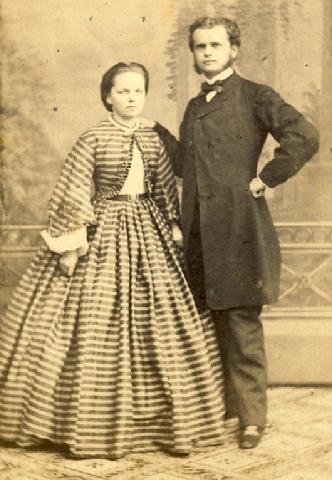
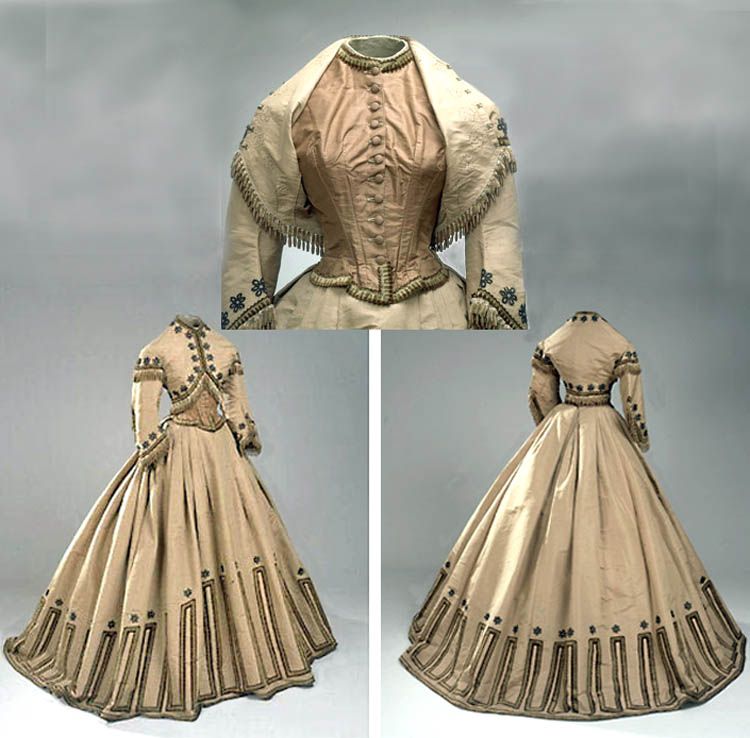
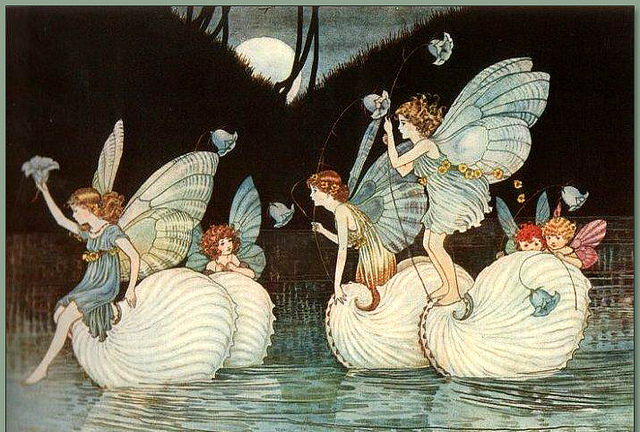
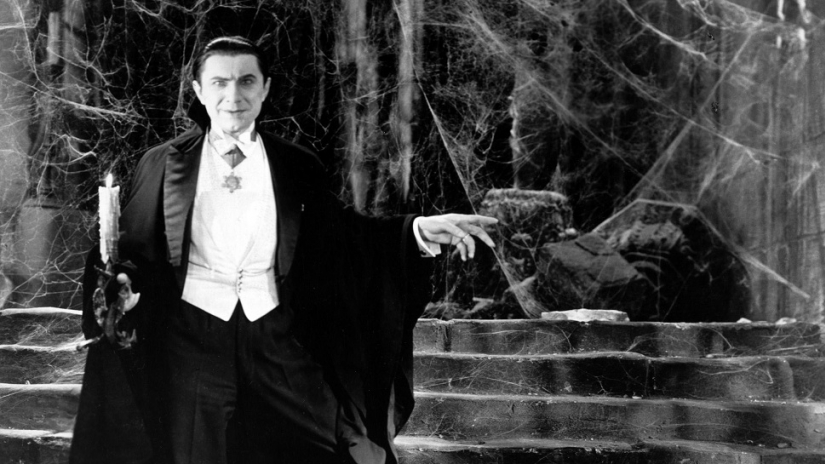
Leave a comment